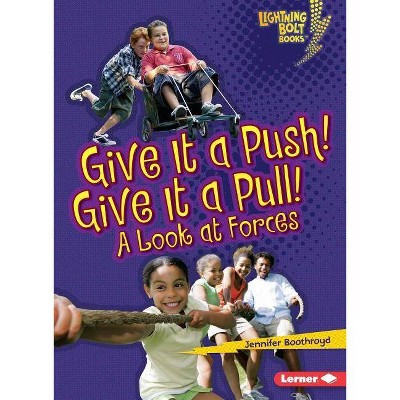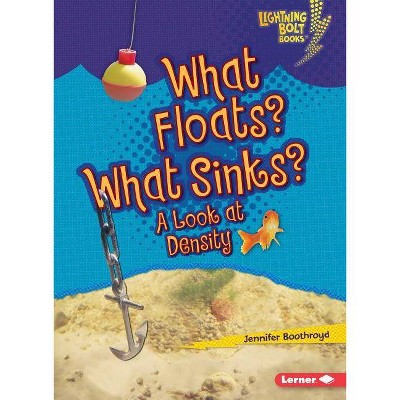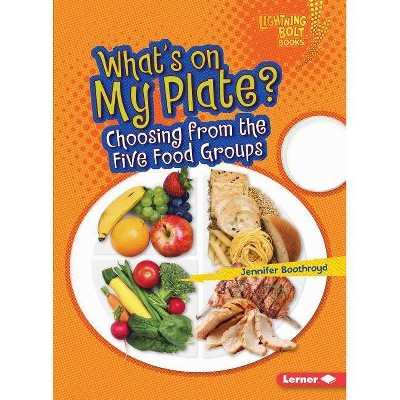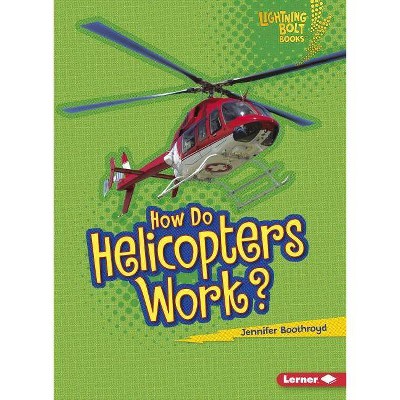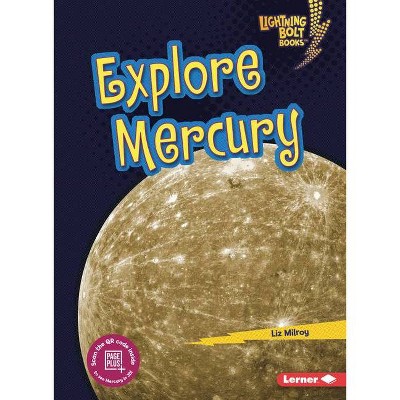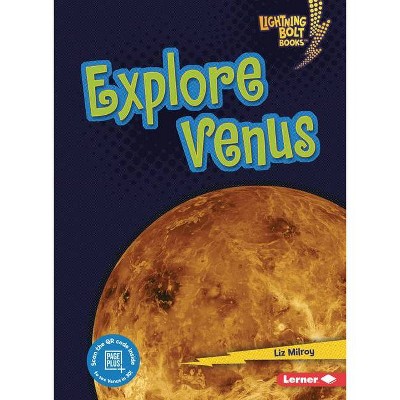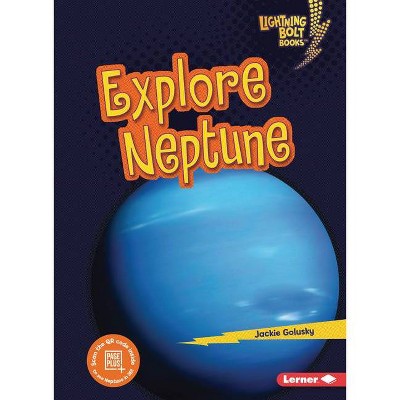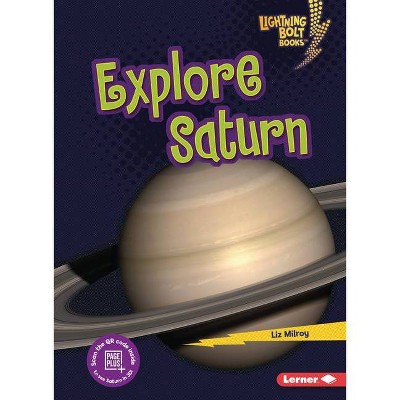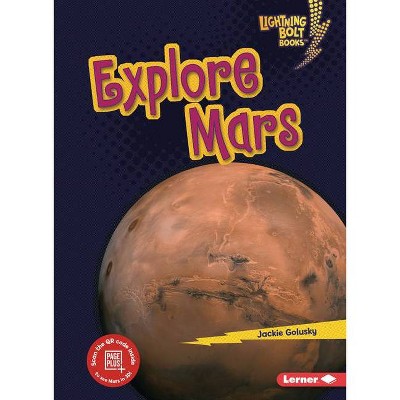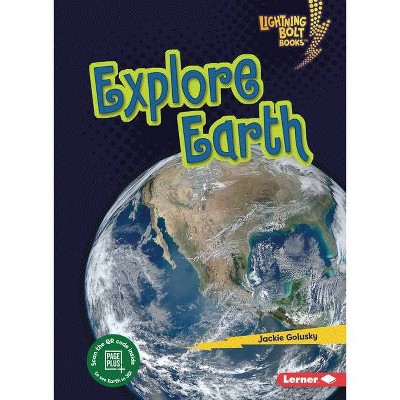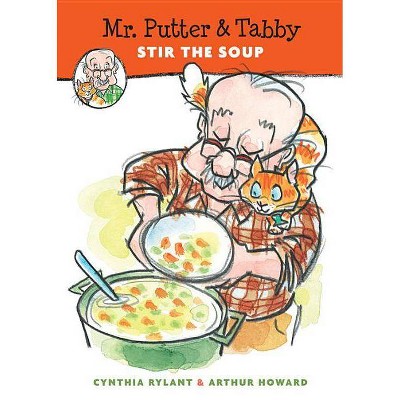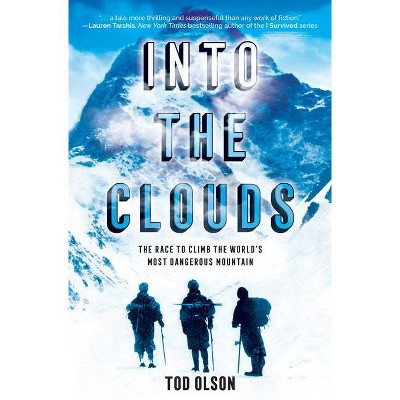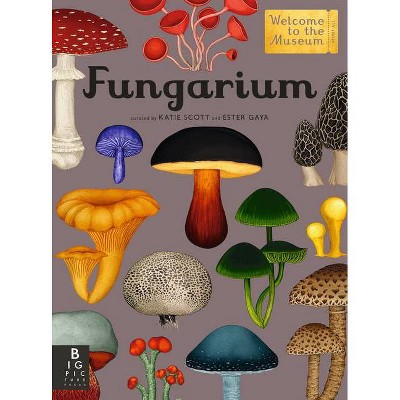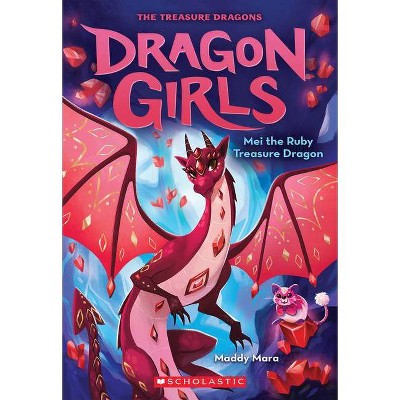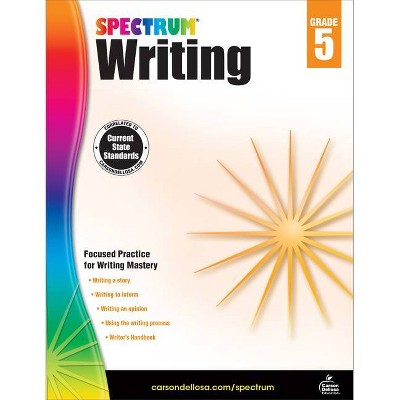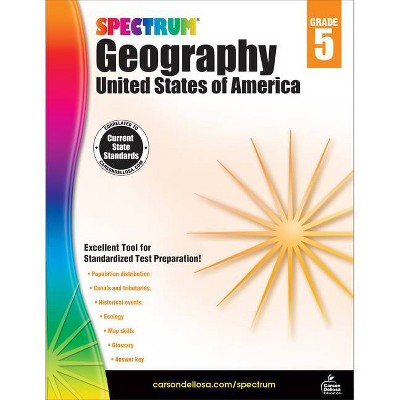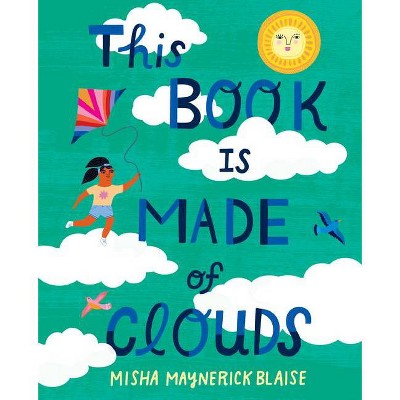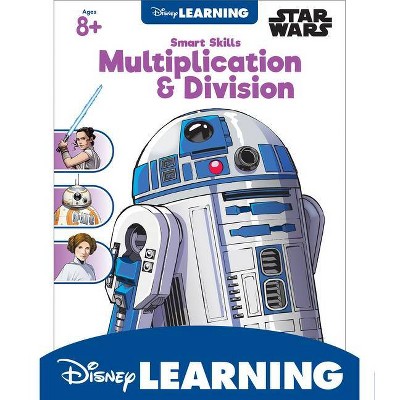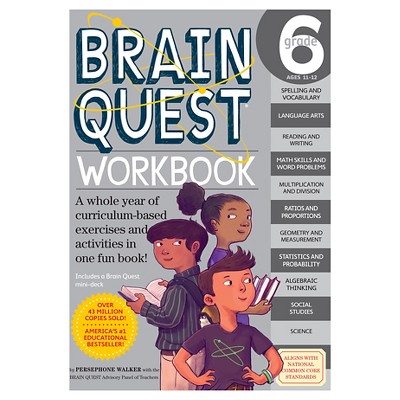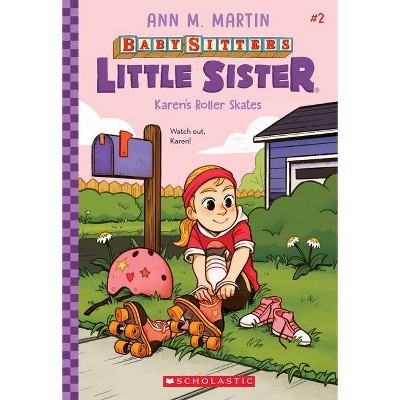Do I Need It? or Do I Want It? - (Lightning Bolt Books (R) -- Exploring Economics) by Jennifer S Larson (Paperback)
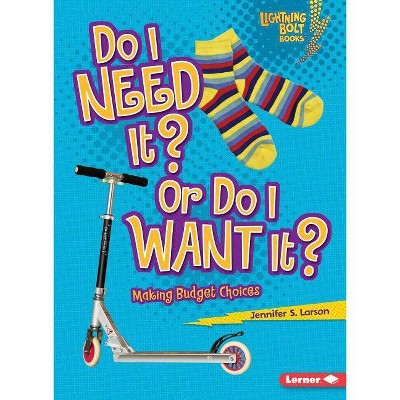
Similar Products
Products of same category from the store
AllProduct info
<p/><br></br><p><b> About the Book </b></p></br></br>An introduction to budgeting examines wants versus needs, cost-benefit analysis, and different ways to save money.<p/><br></br><p><b> Book Synopsis </b></p></br></br><p>Do you plan how much money you'll use to buy candy? Or how much you'll save for a new video game? Then you're budgeting! A budget is a plan for spending and saving. Budgets help people decide how to use their money wisely. What do you need to buy? What do you want? And how can you make a budget? Read this book to find out.</p><p/><br></br><p><b> Review Quotes </b></p></br></br><br><p><strong>Few books about money issues aim for a very young audience, and this title in the new Exploring Economics series does it well in a friendly, interactive, question-and answer format about getting money, spending it, and saving it.</strong> How do kids choose what to do with their earnings, from an allowance, a gift, or being paid to do chores? Should they spend it all right away on impulse buys, like candy; save up for a camera, a toy, or a video game; or donate to a worthy cause? Larson discusses the options and includes a quick view of how grown-ups make money, spend, and save; essentials and choices in families; and, on a larger scale, budgets in cities, schools, and businesses. A final activity about how to make a personal budget shows a kid's simple computer printout with dates, income, and expenses. The tone is nonjudgmental about children's choices, and the <strong>practical options and the hands-on examples will open up discussion.</strong> Numerous color photos, a glossary, and suggestions for further reading complete this useful title.<br />--<em>Booklist</em></p>-- "Journal" (4/1/2010 12:00:00 AM)<br><br><p>Perhaps if the people who signed for loans they really couldn't afford had more books like these, we would be in a better economic state. Each book in the series covers a different area of economics. The titles reviewed deal with budgets, the value of money, and consumers and producers. Written for primary elementary students, the books are broken into chapters that describe in simple terms an element of finance. What is a budget, a consumer, how is money made, and what is the difference between a want and a need are some of the topics explained. Each book includes a related activity, glossary, and bibliography.<strong> If you are looking for a simple series to explain the basics of our economic system, these would be a good place to start.</strong> Index.<br />Recommended.<br />--<em>Library Media Connection</em></p>-- "Journal" (5/1/2010 12:00:00 AM)<br><br><p>These books offer easy-to-read introductions to the world of economics. Addressing readers as 'you, ' Larson asks questions such as, 'Did you ever get money for your birthday?' and 'How do you decide what to do with your money?' (<em>Do I Need It?</em>). The everyday-life examples will demonstrate to children that they can play a vital role in the economic world. Clear, age-appropriate language explains new concepts well: 'When someone works at a paid job, he or she earns money. This money is called income.' Simple paragraphs of two to four short sentences appear in large colored fonts against bright backgrounds that change color with every page. Each title includes an activity such as making a spend-or-save list to help decide what to do with birthday money. The books' layout is interesting and fresh, and each page features a large, well-chosen photograph with a boxed caption. A caption in <em>What Is Money, Anyway?</em> states that 'People trade goods at swap meets, ' which may confuse readers who only know swap meets as a place to buy merchandise. Margaret Hall's 'Earning, Saving, Spending' series (Heinemann, 2008) covers similar topics of money, banks, allowance, credit cards, and checks, but is for first through third graders. Report writers will value her longer paragraphs with detailed coverage including history and global issues. <strong>Larson's books will help ease younger readers into the world of economics.</strong> --<em>School Library Journal</em><br /></p>-- "Journal" (8/1/2010 12:00:00 AM)<br><br><p>Where does money come from? What are the differences between goods and services? Such questions are answered in these series entries. Each volume presents a logical and accessible sequence of basic economic concepts. <strong>Bright, colorful photographs and simple text teach children skills such as how to create a budget and how to be responsible buyers and/or sellers.</strong> Reading list, websites. Glos., ind. Review covers these Lightning Bolt Books: Exploring Economics titles: <em>Do I Need It? Or Do I Want It?</em>, <em>What Is Money Anyway?</em>, and <em>Who's Buying? Who's Selling?</em> --<em>The Horn Book Guide</em><br /></p>-- "Journal" (10/1/2010 12:00:00 AM)<br>
Price History
Cheapest price in the interval: 7.49 on November 6, 2021
Most expensive price in the interval: 7.49 on February 4, 2022
Price Archive shows prices from various stores, lets you see history and find the cheapest. There is no actual sale on the website. For all support, inquiry and suggestion messages communication@pricearchive.us
